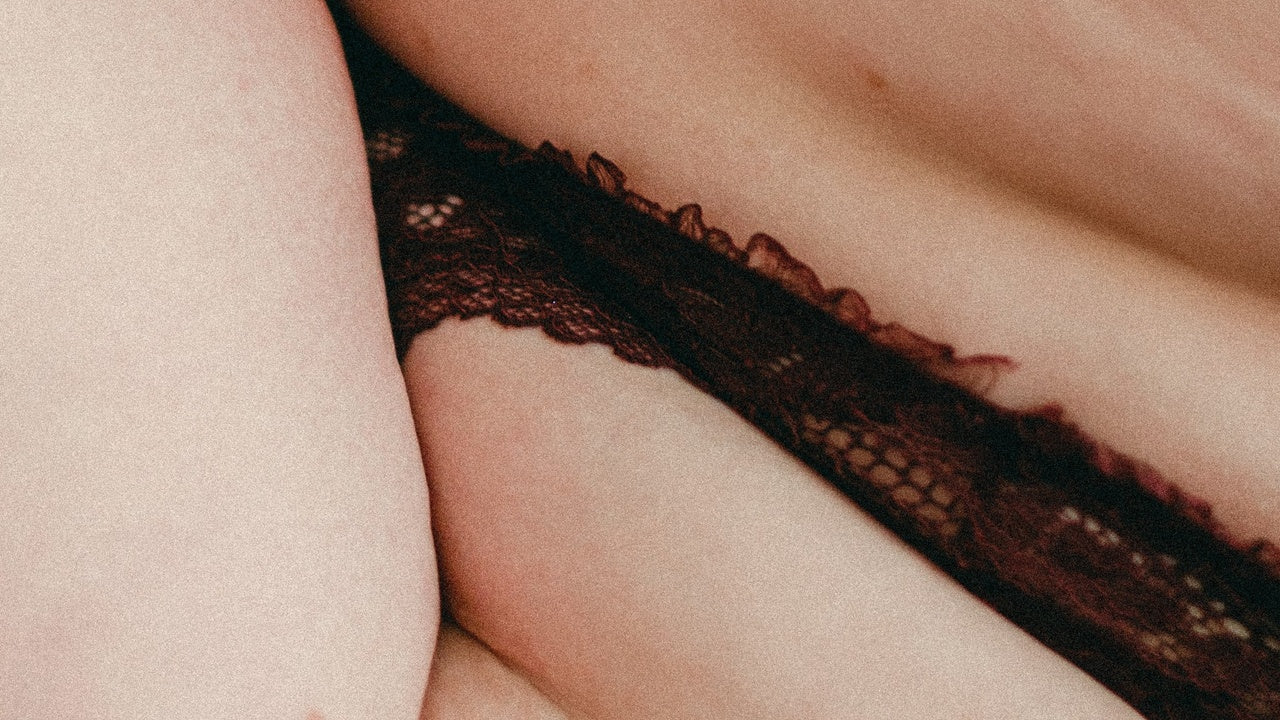If you have had a vaginal delivery it’s common to experience some bruising and tearing to the perineum, which needs to stretch in order to birth your baby.
Occasionally, a surgical cut called an episiotomy may also be made by your midwife, for reasons such as assisted forceps deliveries. 9 out of 10 first-time-mums sustain some sort of tear, graze or episiotomy during their birth. Here’s our guide on how to look after your perineum in the postpartum period.
What is the perineum?
The Perineum is the area between the vagina and the anus. During childbirth, it’s common for this area to have a graze or a tear. Tears can also involve the labia and the vagina. For most women tears are minor and heal quickly.
What are perineal tears?
After your delivery, a midwife or obstetrician will immediately examine your perineum and vagina to assess whether you have any tears that might need stitches. Stitches help join the muscle and skin back together, help with wound healing and can stop any bleeding. There are different degrees of tears:
First degree tears
These are small, affecting only the skin and heal quickly by themselves without further treatment.
Second degree tears
Tears that are deeper affecting the muscle of the perineum and the skin These usually require dissolvable stitches, given with local anaesthetic.
Third degree tears
These are less common, deeper tears and involve the muscle that controls the anus (anal sphincter). These will require stitches, often in a theatre environment with stronger anaesthetic.
Fourth degree tears
Tears that go through the sphincter to the tissue below (anus and rectum).
Caring for your Perineum post-partum
Most perineal tears heal quickly without complication. Your wound and stitches will be checked before you leave the hospital and often again by a community midwife to ensure it is healing correctly. Here are some tips to ensure you have the best recovery possible.
Remember to:
- Drink plenty of water
- Avoid standing or sitting for long periods of time
- Wear loose-fitting, breathable clothing and underwear
- Start doing pelvic floor exercises as soon as possible
To prevent infection
- Wash your perineum after going to the toilet. Get a jug, water bottle or peri-bottle and keep this by the toilet. Wash the area with water after going to the toilet. Pat dry with a clean towel or toilet paper.
- Wash your hands before and after going to the toilet or touching the area.
- It’s safe to take a bath and shower. Avoid using any additional products to clean the area and just use water alone.
- It’s common to bleed after a delivery. Make sure your sanitary towel is changed regularly (at least every 4 hours).
Pain relief
- Both paracetamol and ibuprofen are safe when breast feeding so make sure you have plenty at hand for those first few days.
- Sit on a soft surface such as a pillow or a donut cushion (with a hole in the middle).
- Cold/ice packs can really help with reduce swelling and pain.
- Make a padiscle! This is a sanitary pad, placed in the freezer until frozen and that added to your underwear to provide perineal pain relief.
- First wees can sting. Have that peri-bottle or water bottle at the ready and run luke warm water over the perineum when urinating to provide relief.
Doing a poo
- This can feel scary for a lot of woman. Make sure you are drinking plenty of water and eating lots of fibre to help keep your stools soft.
- If you are constipated at all, speak to your GP or midwife about the possibility of a stool softener or laxative to help that first poo pass easily.
- During your first poo, apply pressure with a clean towel or sanitary towel to your perineum to support your stiches.
Complications
Speak to your GP or midwife if:
- Your pain is not improving or is getting worse.
- You are incontinence of urine or faeces.
- You have smelly discharge which could be a sign of infection.
- Your stiches are coming apart.
Disclaimer: This article is for information only and should not be used for the diagnosis or treatment of medical conditions. For The Creators has used all reasonable care in compiling the information but make no warranty as to its accuracy. Consult a doctor or other health care professional for diagnosis and treatment of medical conditions.
